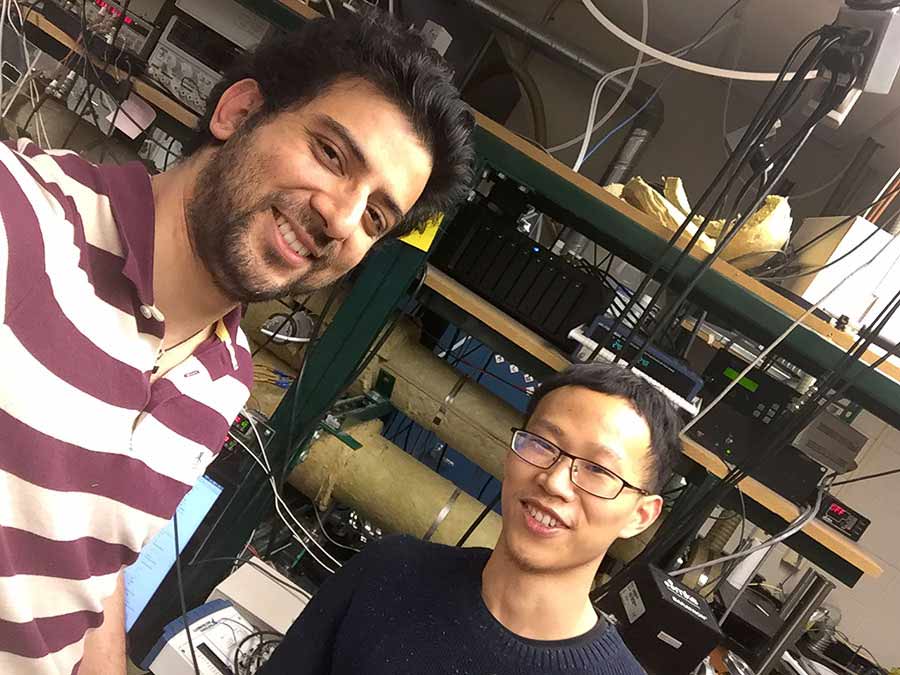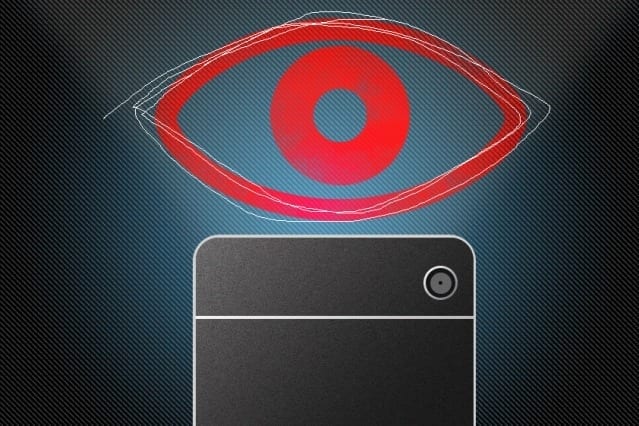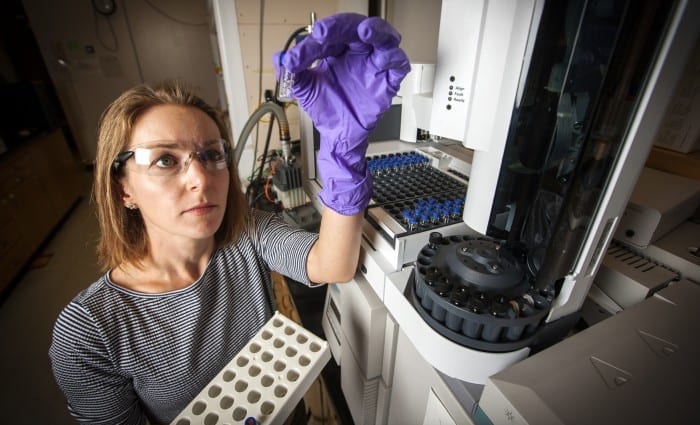
UT Dallas Team Breathes New Life into Possibilities By Using CMOS Integrated Circuits Technology
Researchers at the Texas Analog Center of Excellence (TxACE) at UT Dallas are working to develop an affordable electronic nose that can be used in breath analysis for a wide range of health diagnosis.
While devices that can conduct breath analysis using compound semiconductors exist, they are bulky and too costly for commercial use, said Dr. Kenneth O, one of the principal investigators of the effort and director of TxACE. The researchers determined that using CMOS integrated circuits technology will make the electronic nose more affordable.
CMOS is the integrated circuits technology used to manufacture the bulk of electronics that have made smartphones, tablets and other devices possible.
The new research was presented Wednesday in a paper titled “200-280GHz CMOS Transmitter for Rotational Spectroscopy and Demonstration in Gas Spectroscopy and Breath Analysis” at the 2016 IEEE Symposia on VLSI Technology and Circuits in Honolulu, Hawaii.
“Smell is one of the senses of humans and animals, and there have been many efforts to build an electronic nose,” said Dr. Navneet Sharma, the lead author of paper, who recently defended his doctoral thesis at UT Dallas. “We have demonstrated that you can build an affordable electronic nose that can sense many different kinds of smells. When you’re smelling something, you are detecting chemical molecules in the air. Similarly, an electronic nose detects chemical compounds using rotational spectroscopy.”
The rotational spectrometer generates and transmits electromagnetic waves over a wide range of frequencies, and analyzes how the waves are attenuated to determine what chemicals are present as well as their concentrations in a sample. The system can detect low levels of chemicals present in human breath.
Breaths contain gases from the stomach and that come out of blood when it comes into contact with air in the lungs. The breath test is a blood test without taking blood samples. Breath contains information about practically every part of a human body.
The electronic nose can detect gas molecules with more specificity and sensitivity than Breathalyzers, which can confuse acetone for ethanol in the breath. The distinction is important, for example, for patients with Type 1 diabetes who have high concentrations of acetone in their breath.
“If you think about the industry around sensors that emulate our senses, it’s huge,” said Dr. O, also a professor in the Erik Jonsson School of Engineering and Computer Science and holder of the Texas Instruments Distinguished University Chair. “Imaging applications, hearing devices, touch sensors — what we are talking about here is developing a device that imitates another one of our sensing modalities and making it affordable and widely available. The possible use of the electronic nose is almost limitless. Think about how we use smell in our daily lives.”
The researchers envision the CMOS-based device will first be used in industrial settings and then in doctors’ offices and hospitals. As the technology matures, they could become household devices. Dr. O said the need for blood work and gastrointestinal tests could be reduced, and diseases could be detected earlier, lowering the costs of health care.
“If you think about the industry around sensors that emulate our senses, it’s huge. Imaging applications, hearing devices, touch sensors — what we are talking about here is developing a device that imitates another one of our sensing modalities and making it affordable and widely available. The possible use of the electronic nose is almost limitless.”
Dr. Kenneth O,
director of the Texas Analog Center of Excellence and holder of the Texas Instruments Distinguished University Chair at UT Dallas
The researchers are working toward construction of a prototype programmable electronic nose that can be made available for beta testing sometime in early 2018.
Learn more: Scientific Gains May Make Electronic Nose the Next Everyday Device
The Latest on: Programmable electronic nose
[google_news title=”” keyword=”programmable electronic nose” num_posts=”10″ blurb_length=”0″ show_thumb=”left”]
via Google News
The Latest on: Programmable electronic nose
- Diagnostic Performance of an Electronic Nose, Fractional Exhaled Nitric Oxide, and Lung Function Testing in Asthmaon April 19, 2024 at 4:59 pm
Subjects, recruited from March 2007 to September 2008, attended on one occasion for clinical examination, FENO measurement, electronic nose analysis, lung function tests, and skin prick testing.
- Big breakthrough: World’s 1st programmable photonic chip developedon April 16, 2024 at 8:18 am
The chip uses light instead of electrons to process information and could pave the way for smaller, faster chips with low thermal effects.
- The pushback against the 'gold standard' of autism therapyon April 14, 2024 at 3:54 am
The 74 does a deep dive into applied behavior analysis for autism therapy, its history, progression, and studies' results throughout the years.
- My nose ballooned when I got pregnant — it’s still not back to normal 2 years lateron April 11, 2024 at 10:47 am
However, one new mom did not expect her swollen “pregnancy nose” to be a seemingly permanent side effect. Gabriela Garrido, 36, noticed her facial features were slowly changing throughout her ...
- What’s been considered America’s ‘gold standard’ of autism therapy may not work — and those who have been through it are pushing backon April 8, 2024 at 6:48 am
"You have a person in the physical sense — they have hair, a nose, a mouth — but they ... or assistive technology — such as programmable electronic "talkers" that allow children to piece ...
- Long Nose Dogon April 7, 2024 at 12:43 pm
All the Latest Game Footage and Images from Long Nose Dog A game about the long nose borzoi dog. Be the best of all dogs and grow your nose far and beyond. Long Nose Dog is an endless running game ...
- Go Ask Dad: When a nose bleed is more than a nose bleedon March 28, 2024 at 9:30 pm
My son collided with a classmate by accident during recess and received a bloody nose. Dr. Google informs me that your sniffer is a “very vascular part of the body” with an abundance of tiny ...
- Can Nose-Picking Raise Alzheimer’s Dementia Risk? Here’s What This Study Really Saidon October 31, 2022 at 9:03 pm
Could you pick a scarier headline? On October 28, the GriffithNews from Griffith University in Australia posted a piece entitled: “New research suggests nose picking could increase risk for ...
- A Simple Programmable Electronic Load Using The Arduinoon April 28, 2014 at 7:49 pm
Some projects are both educational and useful. We believe that [Jasper’s] Arduino based electronic load is one of those project. [Jasper’s] electronic load can not only act as a constant ...
via Bing News










